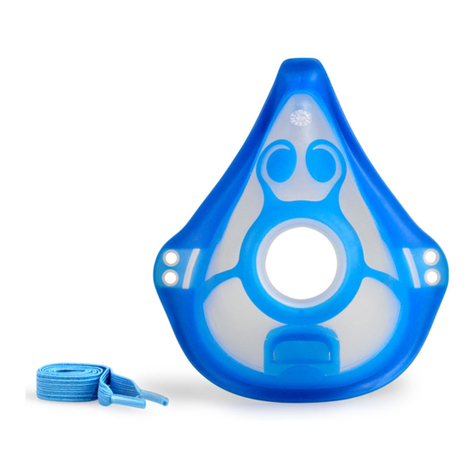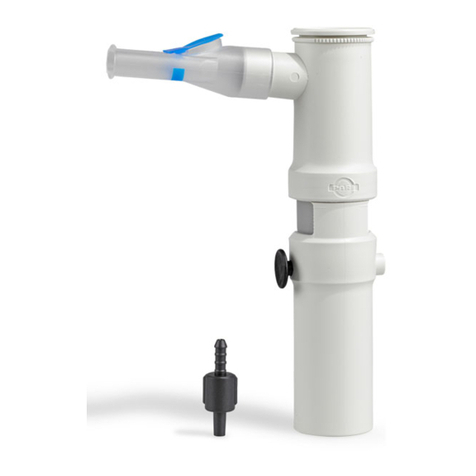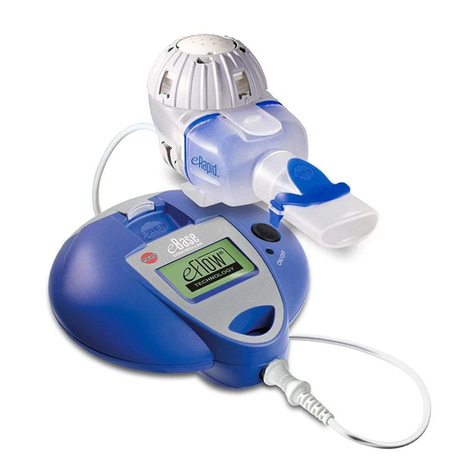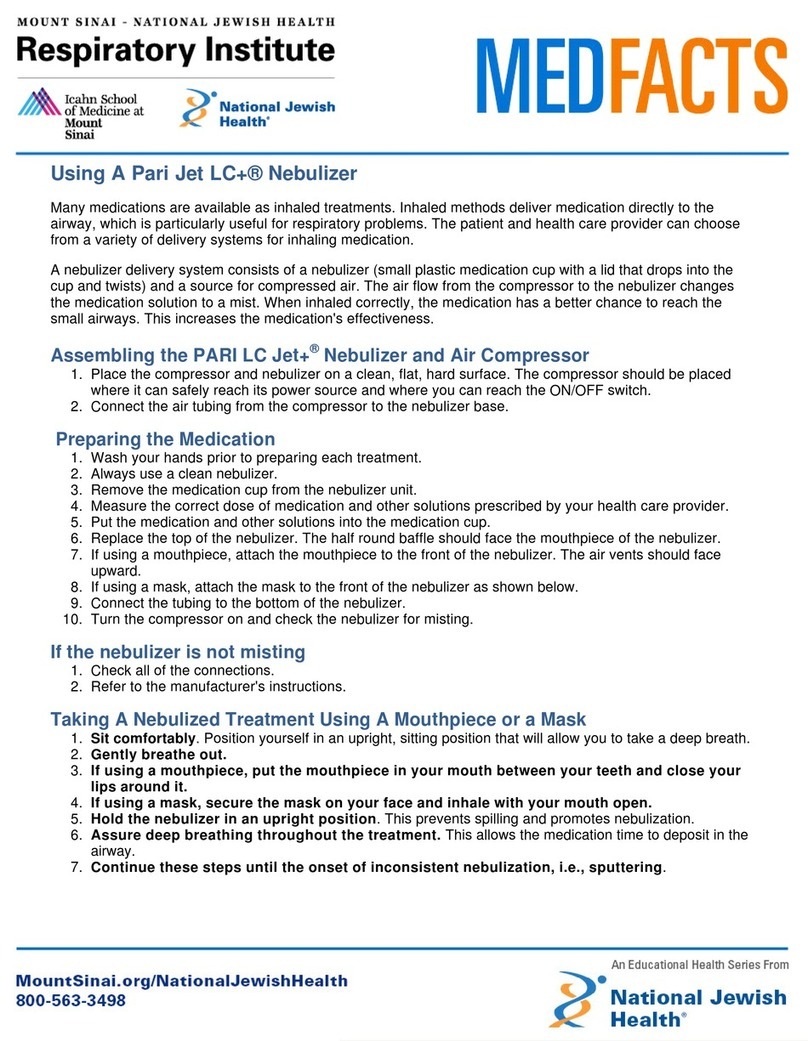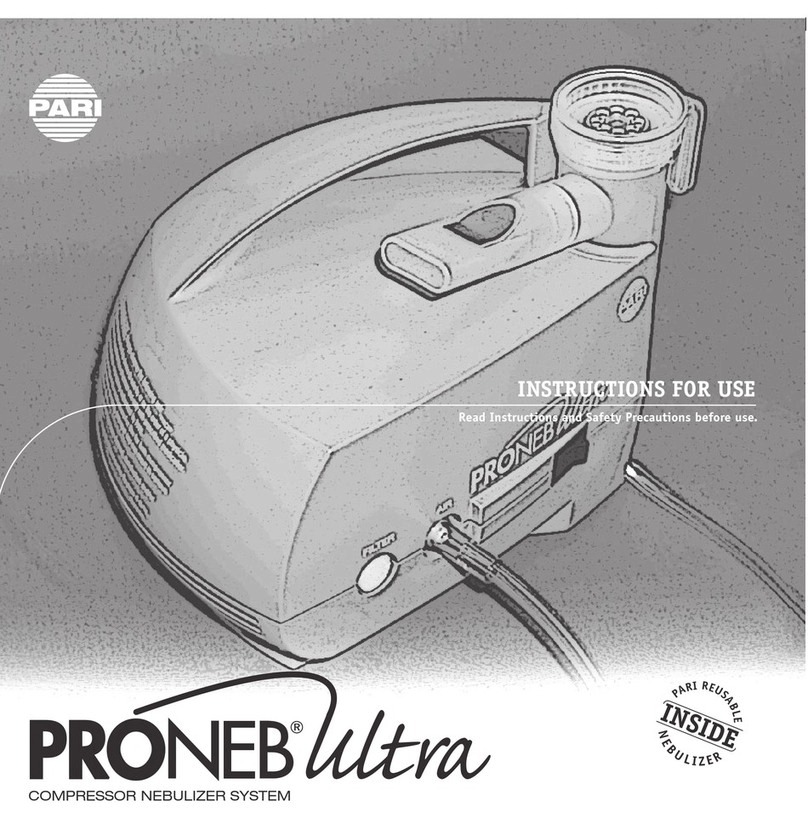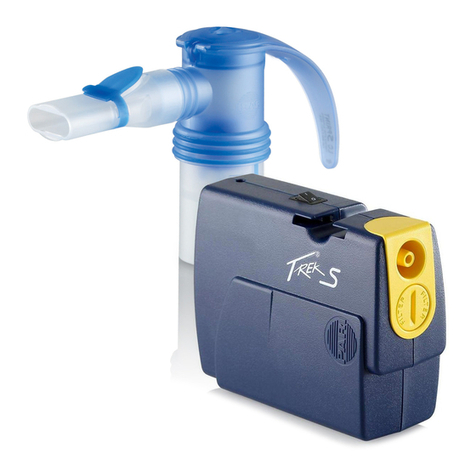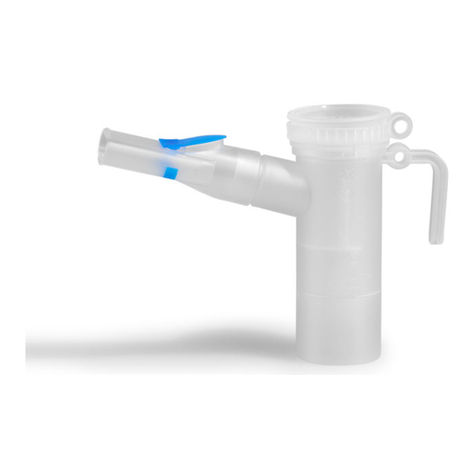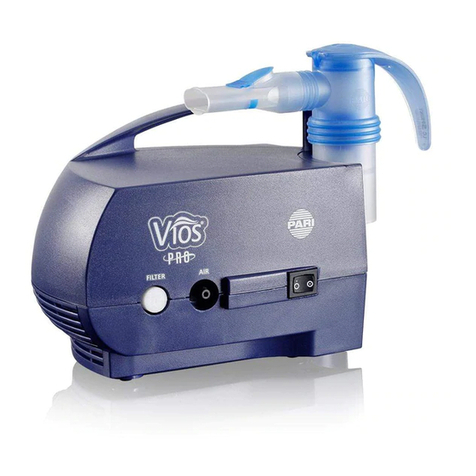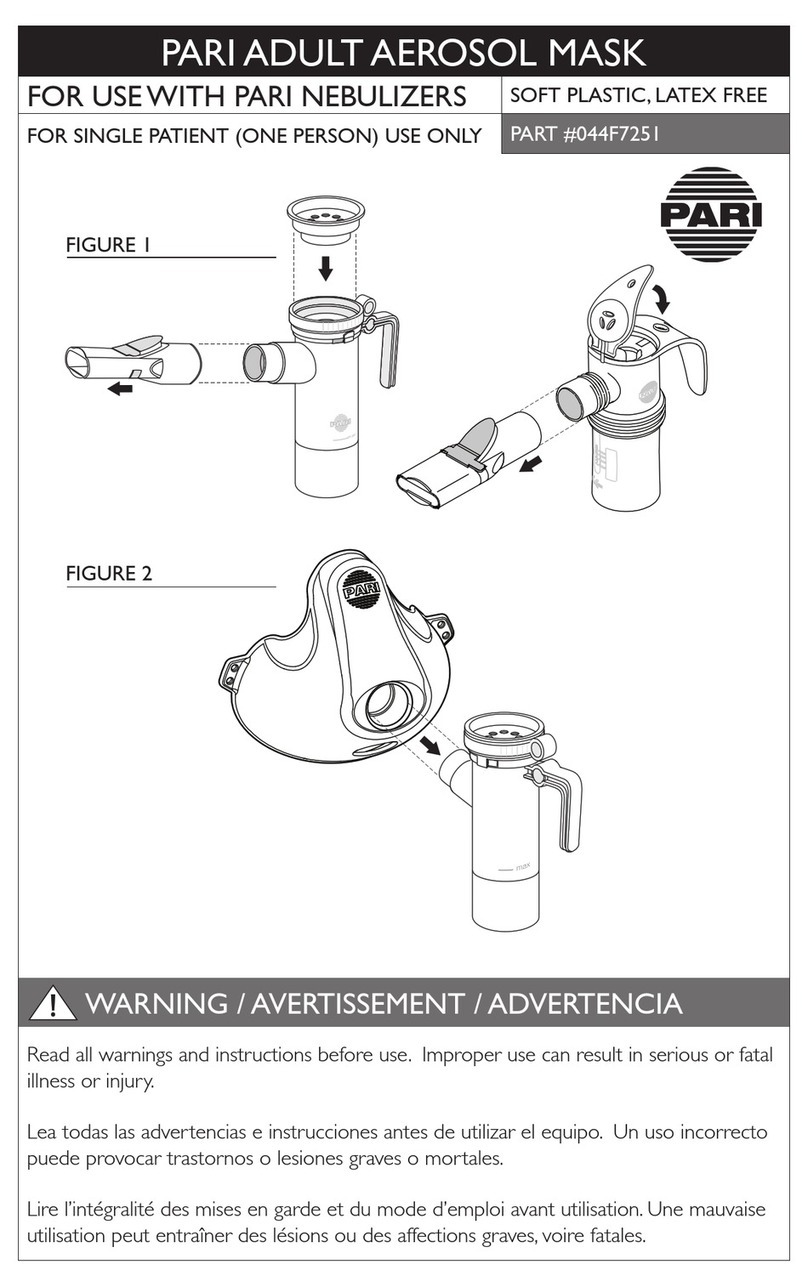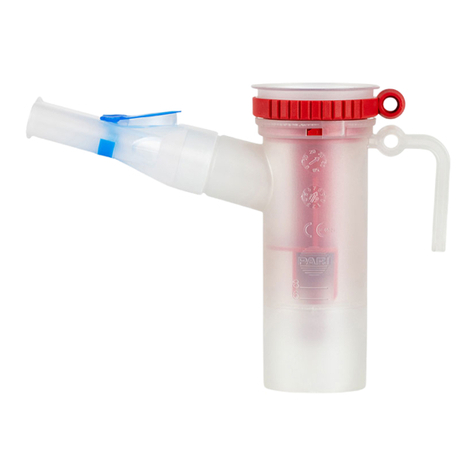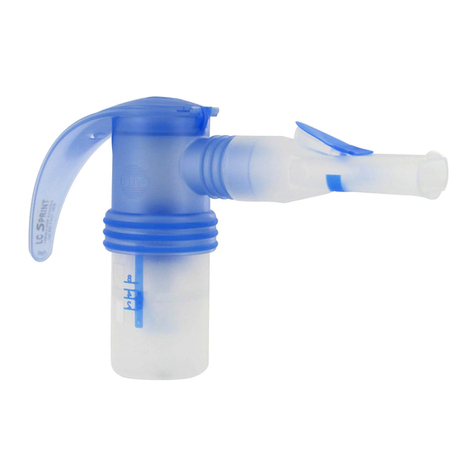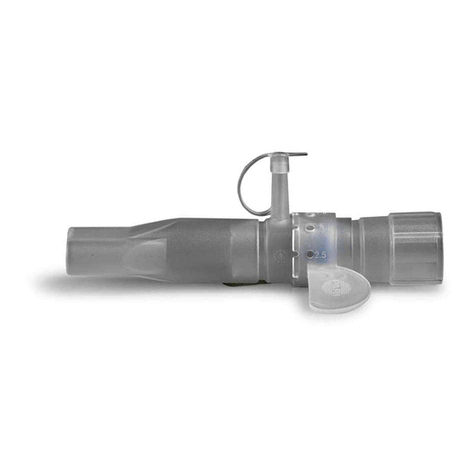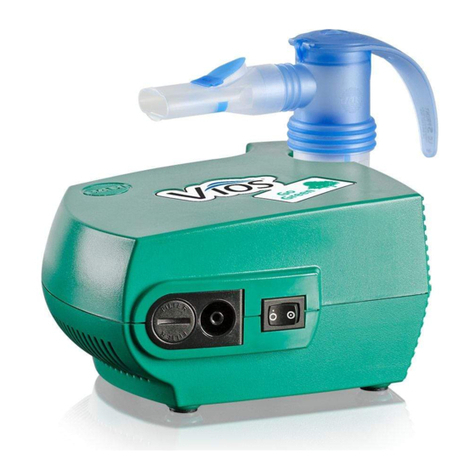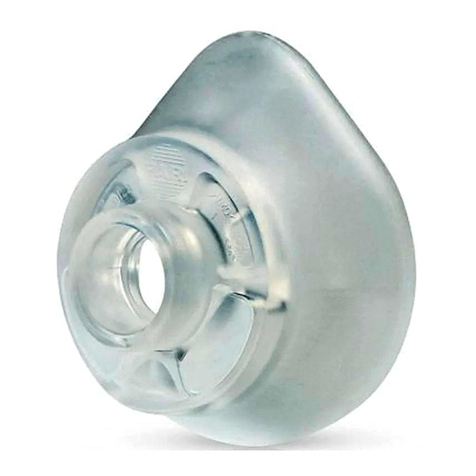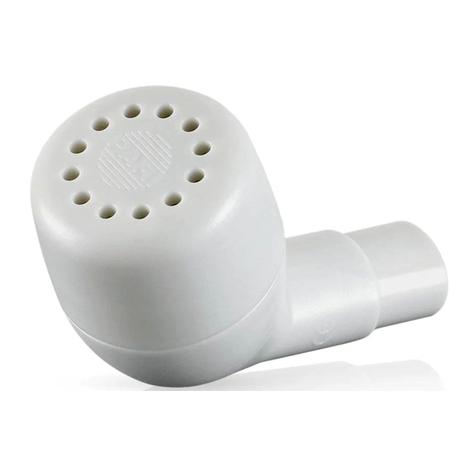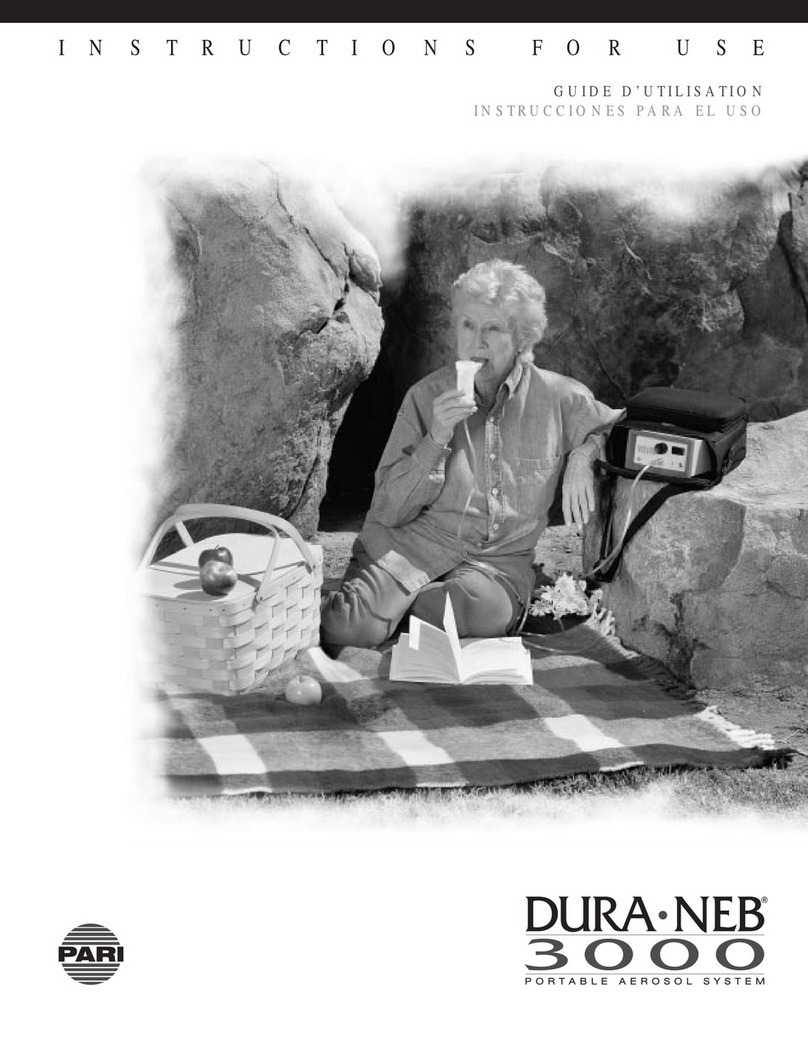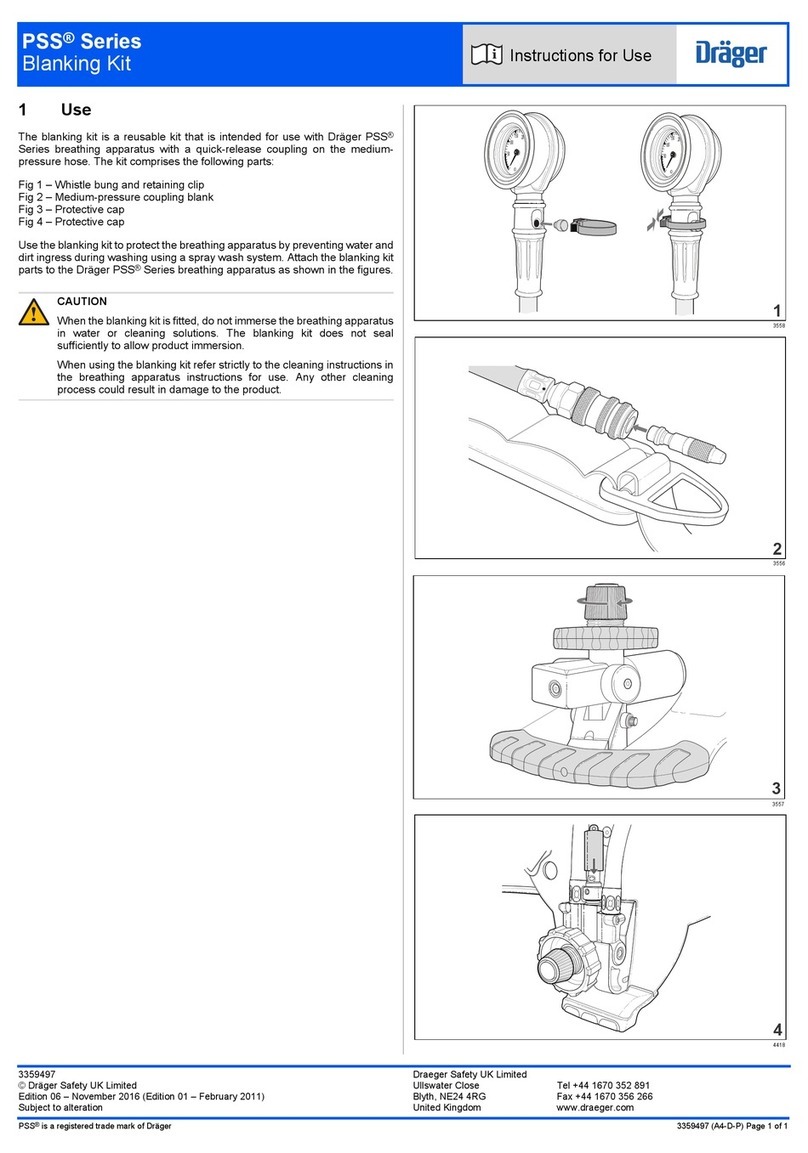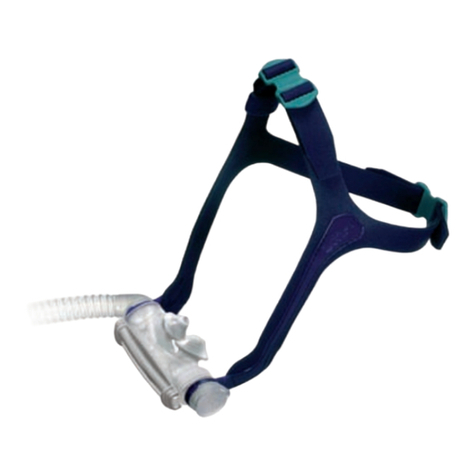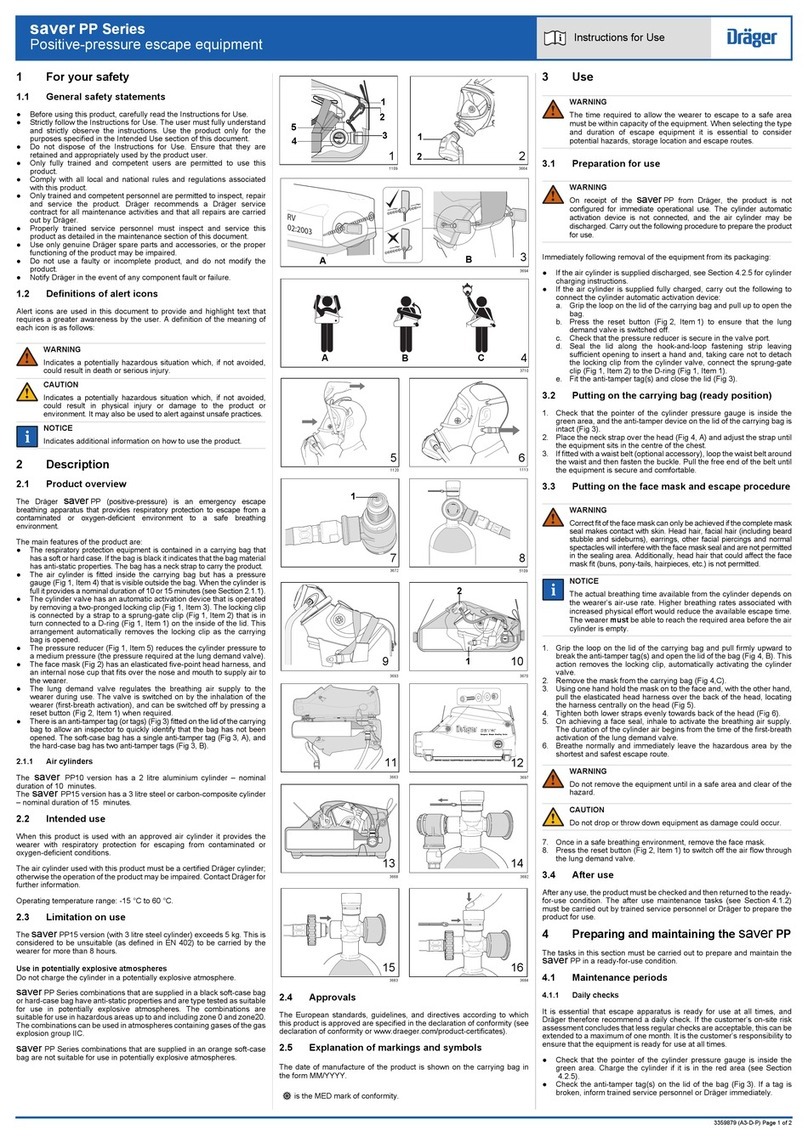
- 6 -
1.3 Using the compressor
Thecompressor isan electricaldevice thatis powered by supply
voltage. It has been designed so that no live parts are accessi-
ble. However, if ambient conditions are unfavourable or if the
compressor or power cord is damaged, this protection may no
longer be assured. Therefore, please follow the instructions be-
low to avoid damage to the device and the associated danger of
contact with live parts (e.g., electric shock):
– Thecompressor is not splashproof. Protectthe device and the
powercord from liquid and moisture.Never handle the device,
the power cord or the power plug with damp hands. In addi-
tion, the device must not be operated in a damp environment.
– Only use the PARI power cord to operate the compressor.
– Never leave the compressor unattended while it is in use.
– Forsafetyreasons,alwaysdisconnectthepowerplugfromthe
socket under the following circumstances:
- if a malfunction occurs during operation
- before cleaning and maintaining the device
- immediately after use
– Always pull the power plug, not the cable, to disconnect the
power cord from the socket.
– Make sure that the power cord is never kinked, pinched or
jammed. Do not pull the power cord over sharp edges.
– Keep the compressor and the power cord away from hot sur-
faces (e.g., stove top, electric fire, open fire). Direct heat may
damage the compressor housing or the power cord insulation.
– Keep the power cord away from domestic animals (e.g., ro-
dents). They may damage the power cord insulation.
– The compressor must not be operated and/or the power plug
must be unplugged from the socket immediately if the com-
pressororthepowercordis damaged, orifafaultis suspected
after the device has been dropped or suffered a similar shock.
